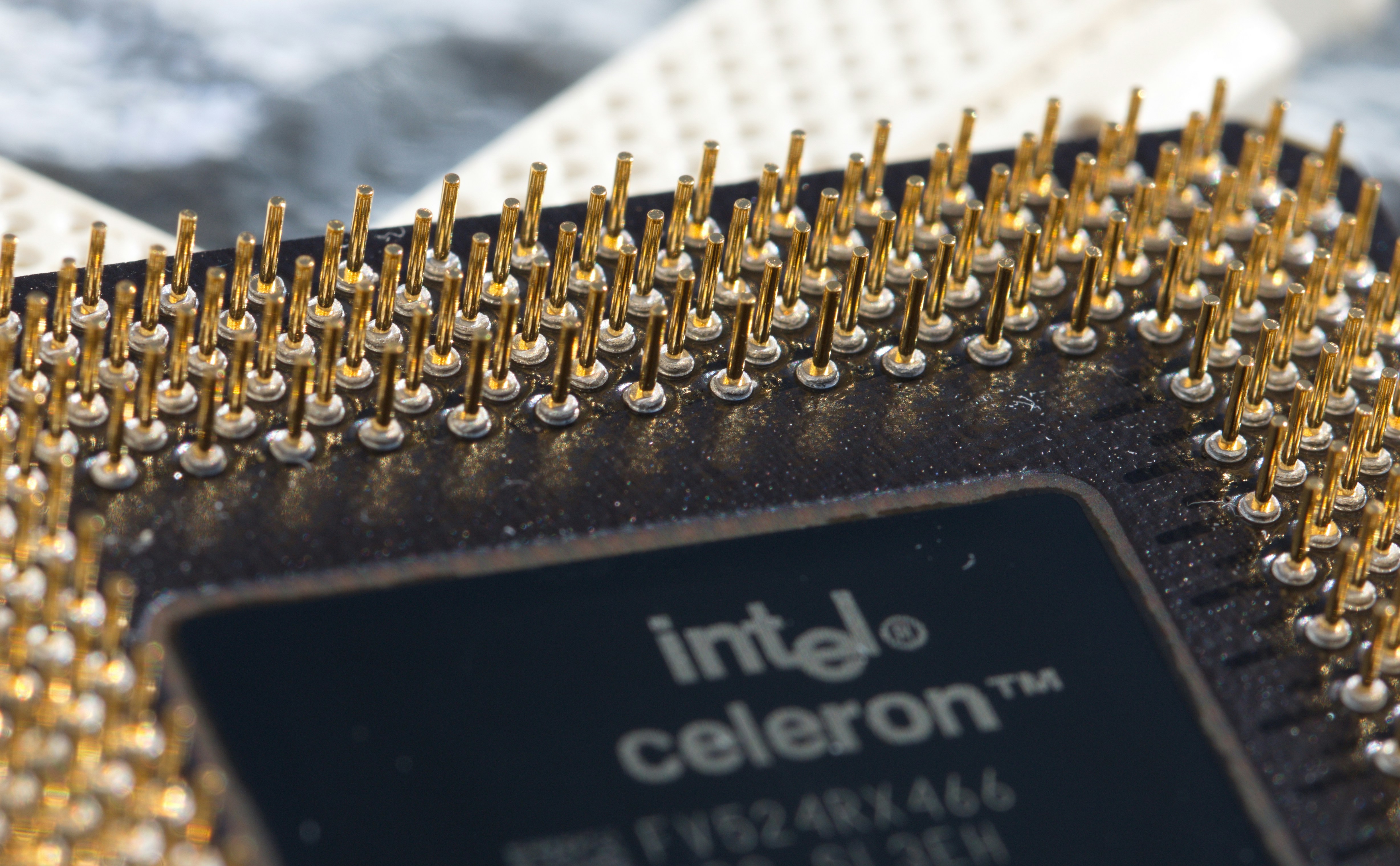
Overview of Intel’s Layoff Announcement
In October 2023, Intel Corporation made a significant announcement regarding workforce reductions, revealing plans to lay off approximately 5,000 employees by the end of the fiscal year. This decision is part of a broader strategy to streamline operations amid challenging market conditions and shifting demand dynamics within the semiconductor industry. The layoffs are set to commence in November and are expected to unfold across various departments, including research and development, manufacturing, and administrative support.
Intel’s management cited several key factors influencing this difficult decision. A major consideration includes the ongoing global semiconductor shortage, which has created volatility in supply chains and fluctuating demand for certain products. As a response to these market pressures, Intel is reevaluating its operational efficiencies and workforce requirements. Additionally, the recent downturn in PC sales and increased competition from rival semiconductor companies have further necessitated adjustments to Intel’s business strategy.
This move also reflects broader trends in the semiconductor market, where numerous players have been forced to make tough decisions in light of fluctuating demand and economic uncertainty. The layoffs at Intel are particularly significant due to the company’s stature as a leader in the industry. They illustrate how even established corporations must adapt to the rapidly changing landscape of technology and consumer preferences.
In light of these factors, Intel’s layoff announcement not only underscores the challenges faced by the company but also illuminates the intricate dynamics shaping the semiconductor industry as a whole. As the situation develops, it remains imperative for stakeholders to monitor how these changes will affect Intel’s future operations and its position in the competitive market.
Impact on Employees and Company Culture
The recent layoffs at Intel have reverberated significantly throughout the organization, resulting in profound effects on both the departing employees and the ones remaining. Losing a job can lead to emotional distress for those affected, often manifesting as anxiety, fear, and uncertainty about the future. This emotional upheaval can create a ripple effect, impacting the morale and motivation of those employees who continue to work within the company. The process of layoffs can disrupt established team dynamics, leading to decreased collaboration and a sense of insecurity among remaining staff members.
For the employees who are laid off, the implications extend beyond immediate job loss. Many may grapple with feelings of inadequacy or failure, particularly in a high-performance environment like Intel. Additionally, the uncertainty surrounding future employment prospects can lead to concerns about financial stability and the ability to meet personal commitments. In response to such challenges, Intel has implemented various support measures to assist those affected. Severance packages are one aspect of this support, intended to provide financial relief during the transition period. Furthermore, job placement assistance services are designed to facilitate the rehiring process, helping former employees secure new positions within the technology sector.
On the other hand, employees who remain must navigate an altered company culture post-layoffs. They may experience a heightened sense of pressure and increased workloads, as the remaining workforce is often expected to pick up the slack left by their departed colleagues. This change can lead to feelings of resentment and anxiety, potentially diminishing enthusiasm and loyalty towards the organization. To counteract these negative feelings, it is crucial for Intel to foster open communication and transparency, reinforcing a sense of community within the workforce. Building a resilient company culture relies on recognizing the emotional complexities that accompany layoffs and actively supporting all employees during this period of transition.
The Financial Implications for Intel
Intel, a leader in the semiconductor industry, recently announced a series of layoffs aimed at streamlining operations and reducing costs. These decisions carry significant financial implications that could reshape the company’s future trajectory. The layoffs are expected to generate considerable cost savings, which Intel can redirect towards investment in innovation and new technology. By potentially reducing its workforce, the company aims to enhance operational efficiency and focus on strategic priorities that will bolster its competitive edge in the tech market.
Experts indicate that such workforce reductions can lead to improved profit margins, which is essential for a company facing intense competition from rivals such as AMD and Nvidia. As Intel navigates through these turbulent times, it must also consider how these layoffs may affect investor confidence. In an environment where investors are constantly scrutinizing corporate decision-making, maintaining a positive perception of management’s strategic vision is crucial. If executed effectively, these cost-cutting measures may signal to stakeholders a proactive approach to enhancing the company’s market position and restoring financial health.
Market analysts suggest that Intel’s stock performance could experience short-term volatility in response to the layoffs, driven by investor reactions to the restructuring plan. However, should Intel successfully leverage the savings from these job cuts to fuel growth initiatives, the long-term outlook could improve, ultimately stabilizing stock value. Furthermore, as the company works to regain its footing, it must align its financial strategies with broader market trends to remain relevant. Thus, the financial implications of the layoffs extend beyond immediate cost savings to encompass broader strategies that will determine Intel’s sustainable success amidst a competitive landscape.
Future Outlook: What Lies Ahead for Intel?
As Intel navigates the tumultuous waters following its recent layoffs, the company is poised to re-evaluate its strategic initiatives in the semiconductor market. Industry analysts suggest that while the current climate remains challenging, Intel’s long-standing reputation and rich legacy in technology provide a strong foundation for recovery and innovation. By aligning its resources and focusing on key growth segments, Intel aims to reclaim its status as a leader in the industry.
Technological advancements are shifting rapidly, and with the rise of artificial intelligence, machine learning, and 5G, Intel has an opportunity to leverage its expertise in these areas. Predictions indicate that the company will intensify its focus on developing high-performance chips tailored for these emerging technologies. This endeavor could potentially lead to the introduction of groundbreaking products that cater to evolving consumer needs and industry standards.
The restructuring represented by the layoffs may serve as a catalyst for streamlining operations and aligning the workforce with Intel’s long-term objectives. By investing in research and development, Intel can foster innovation that meets demands for efficiency and computational power, which are becoming increasingly crucial in a data-driven world. Furthermore, partnerships with other tech firms could enhance Intel’s capability to adapt to market trends and customer preferences, ultimately boosting competitiveness.
In conclusion, as Intel faces the varying tides of the semiconductor market, its future will largely depend on its ability to pivot strategically, embrace emerging technologies, and foster innovation. The coming years will reveal whether Intel can leverage its historical strengths to thrive in a rapidly transforming landscape while maintaining its commitment to delivering value to its stakeholders.
